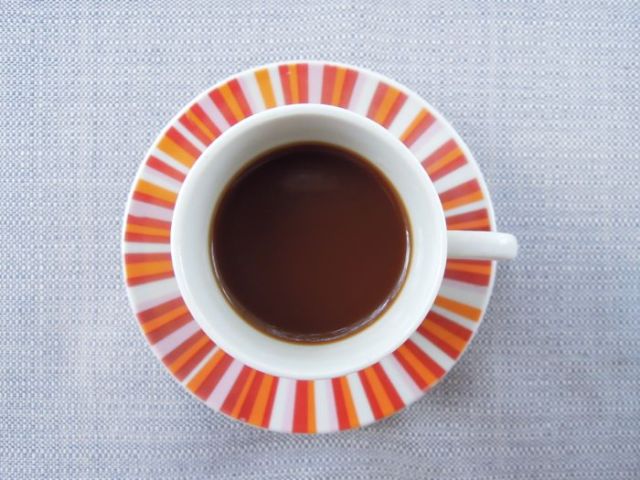 For me Cuba is a country of simple pleasures. And no pleasure more eloquently reflects Cuba than coffee in my opinion. So much so that I’ve decided to make it my first blog post here at The Cuban Food Blog.
For me Cuba is a country of simple pleasures. And no pleasure more eloquently reflects Cuba than coffee in my opinion. So much so that I’ve decided to make it my first blog post here at The Cuban Food Blog.
Just as the Cuban culture is rich and complex and infused with a strong down-to-earthness, so too is it’s coffee and it forms an important part daily Cuban life. This island has been shaped by colonisation and conquest and so too has the food it produces. Now an intrinsic part of the Cuban culture, coffee is a relative newcomer to the island.
Cuba’s coffee origins are said to be traceable to a single plant brought to Cuba by Don Jose Antonio Gelabert in 1748. Though it wasn’t until 1789 when the French Colonists fleeing from the Haitian slave revolt settled in Santiago and the Sierra Maestra mountains, that coffee cultivation really started in earnest. By 1827 there were 2,067 plantations. The perfect combination of climate and soil in the Sierra Maestra combined to produce rich Arabica coffee that packs a flavourful punch.
The coffee plantations (cafeteles) have endured, though only just. During the Ten Years War (1868-1878) for independence from Spain they were all but abandoned to the mercy of the jungle. But in the late 1920’s coffee production was revived. Since then Cuba has continued to produce low volume, high quality Arabica coffee.
In more recent times coffee production has been affected by a lack of expertise (Cuban exodus in the 1950’s post revolution) and little or no investment – not to mention successive destructive hurricanes. The demand for coffee in Cuba cannot be met by domestic production alone and the country has had to buy coffee on the open market to supplement its own production.
In May 2011 in a cost saving effort, it was announced that the coffee available at highly subsidised prices on the ration book (libretta) would once again be mixed with roasted peas, (chícharos). This was first done in the 1990’s during the Special Period. This 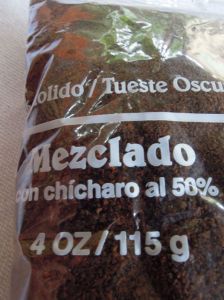 measure ensures that coffee will continue to be available at 4 pesos for 4oz. However, the actual coffee now used in this mix is Robusta and not Arabica as was used in the 90’s which means that to me (and pretty much every Cuban I ask) the taste ain’t all that great. It’s got a really bitter sting. Not to mention the fact that this blended coffee (café mezclado) has a dangerous propensity to cause coffee pots to explode. However, the pure Arabica coffee blends with brand names such as Cubita and Serrano are still available to buy in Cuba in CUC (if you have the means). Personally Serrano pushes all my buttons when it comes to rich coffee flavour.
measure ensures that coffee will continue to be available at 4 pesos for 4oz. However, the actual coffee now used in this mix is Robusta and not Arabica as was used in the 90’s which means that to me (and pretty much every Cuban I ask) the taste ain’t all that great. It’s got a really bitter sting. Not to mention the fact that this blended coffee (café mezclado) has a dangerous propensity to cause coffee pots to explode. However, the pure Arabica coffee blends with brand names such as Cubita and Serrano are still available to buy in Cuba in CUC (if you have the means). Personally Serrano pushes all my buttons when it comes to rich coffee flavour.
I wasn’t a coffee drinker before I came to Cuba. Having been raised in Ireland I had been surrounded by copious tea consumption, in my case Barry’s tea! But the smell of coffee in the morning, coupled with the fact that when staying with Cuban friends, it’s very often all they have for breakfast, has meant that I have slowly acquired a habit. I’m not hardcore like my friend Jose Miguel who drinks upwards of 10 cups a day. But I can’t start my day without one now. And with the Cuban propensity to drop by my house, as they know I always have real coffee as opposed to pea coffee, I’m in danger of my house turning into a coffee shop. I’ve taken a leaf out of my neighbours’ book and have taken to brewing coffee and keeping it in a thermos so that I am always prepared whenever guests pop over. Once a scout always a scout! That said Cubans will drink coffee whether it’s hot or cold. Though they’re strangely suspicious of my iced espressos, recipe below, until they try them. With the irresistible combination of coffee and condensed milk they are fast becoming popular in my circle of friends, especially as the temperatures creep up into the 30’s.
Recipe for Tanja’s Cuban iced coffee
To make one large iced coffee:
- Into a large jar put 4-6 cubes of ice
- Add ½ cup cold coffee (instant coffee just isn’t the same)
- To this add two tablespoons of condensed milk. (if you’re serving Cubans this coffee add at least 4! The vast majority are dulceros – people who have a a sweet tooth)
- Screw lid on firmly
- Shake well
- Pour contents into a chilled glass
- Serve immediately
Coffee joints, Vedado
Here are of two of my favourite coffee joints in Vedado, Havana. Forget the over priced coffee in hotels and CUC (Cuban Convertible Peso) joints – head to a local café for real culture and coffee for one peso (moneda nacional).
 I cultivated my coffee habit quite a bit in my months studying Spanish at the University. More often dancing than studying late into the night, trying to stay awake next day in class was an effort. But good strong Cuban coffee was the solution and this café on the corner of Jovellar and J was a lifesaver. It’s one of the original (and best) of the privately owned cafes that have sprung up around the university since the opening up of self-employment in Cuba. Though still highly restricted and confined mainly to the food sector, the government now estimates that 400,000 Cubans are self-employed (cuenta propia).
I cultivated my coffee habit quite a bit in my months studying Spanish at the University. More often dancing than studying late into the night, trying to stay awake next day in class was an effort. But good strong Cuban coffee was the solution and this café on the corner of Jovellar and J was a lifesaver. It’s one of the original (and best) of the privately owned cafes that have sprung up around the university since the opening up of self-employment in Cuba. Though still highly restricted and confined mainly to the food sector, the government now estimates that 400,000 Cubans are self-employed (cuenta propia).
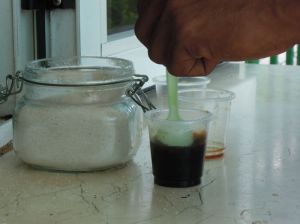 Coffee at the aptly named Cafe Espresso on 23 and K in Vedado is taken by its customers, strong, black and sweet. For true coffee addicts (including yours truly) it’s open 24 hours. Many bus drivers stop their fully loaded vehicles here to quickly get a coffee hit. Knowing this behaviour, I sometimes hop on the bus when the driver hops off – beats the push and shove of the bus queue a few meters up the road.
Coffee at the aptly named Cafe Espresso on 23 and K in Vedado is taken by its customers, strong, black and sweet. For true coffee addicts (including yours truly) it’s open 24 hours. Many bus drivers stop their fully loaded vehicles here to quickly get a coffee hit. Knowing this behaviour, I sometimes hop on the bus when the driver hops off – beats the push and shove of the bus queue a few meters up the road.
Here’s a video of the incredible and typical Cuban service at this state-owned cafe from TheCubanFoodBlog on YouTube
Musical coffee
Though recorded in New York, this seminal Cuban track ‘Café’ by Eddie Palmieri transports me to a hot and humid Sunday afternoon in a rural village in the Sierra Maestra mountains. Stick on a brew and transport yourself now. http://www.youtube.com/watch?v=YeeBgg1bcHw
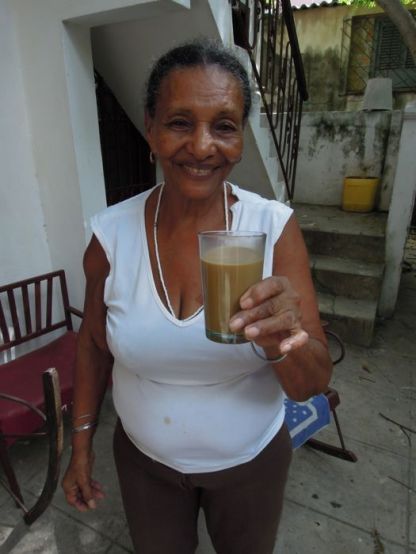





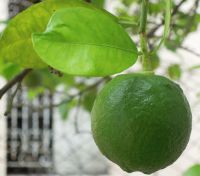
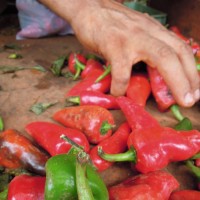
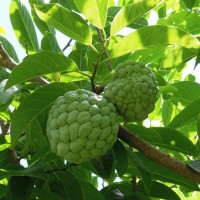

Great first post with some strong Cuban coffee to get us energised! Love the sound of your iced coffee and the music soundtrack is very evocative too. Looking forward to the first course 🙂
LikeLike
Thanks Aisling, your feedback is very much appreciated. It’s more than a bit nerve wracking, this blogging lark. But I’ve learned so much so far not only about Cuba but about myself that I can’t wait to get cracking on more posts.
LikeLike
Cool Tanya! It is a bit nerve wracking but so are the best things in life… so I’m told 🙂 Think of all the people who would love to be in your shoes, eating and making those delicious local dishes. How long will you be there?
LikeLike
Hi Aisling – I am more or less based in Cuba with interludes back in Ireland. I’m not sure where this blog or life will take me, but one things for sure – my live is going to revolve around Cuba for the foreseeable future.
LikeLike
This is fab. Really enjoyed the words, the pics and the text.
I always forget the difference between evaporated milk and condensed milk.
R
LikeLike
Thanks Roger, your comments mean so much to me. You can’t imagine the amount of times I was channelling your spirit in Havana as I was trying to take photos! Both evaporated and condensed milk have 60%of the water taken out, but condensed has a ton of sugar added into it. That’s what makes it so addictive. T
LikeLike
So fun that you are doing a blog! I can’t wait to read more! Miss you!
xoxo, paige
LikeLike
My best friend in Canada is a foodie, and I often miss her helpful and inspiring kitchen hints that I’ve somehow been able to translate into our meals in Cuba. Glad we’ve discovered each other! When I first read this post I immediately went home and make a batch of iced coffee to enjoy on my front porch after work. Tried it on a visitor we had that day and she loved it too! Next experiment will definitely have to be the black bean burgers. Keep the recipes coming! Kristen
LikeLike
Thanks Kirsten. Delighted that your vistors liked the iced coffee, my sweet tooth can’t be without it now! As for the bean burgers, it shouldn’t be too difficult to gather the ingredients. Do let me know how the experiment goes? I plan to keep updating a couple of times a month internet access permitting. Lovely to connect with you – besos y abrazos, Tanja
LikeLike
Your entry on Coppelia was linked on Facebook by one of the Cuban interest pages I follow there. I’m loving the blog though I wish there were more entries! I’ll definitely be following your blog. I’m hoping to get to Havana in the fall though as an American it’s a little harder.
Also, just wondering- it’s a little hard to hear in the video what with the background noise- but it sounded like you said you were hoping to get some coffee and then promptly ignored?
LikeLike
Hi there and thanks for stopping by. I too wish I had more entries! It’s a combination of factors, being new to blogging, having only dial-up internet and an otherwise busy day job. But poco a poco I will post more entries. In the video you heard correct – I had been standing for about three minutes and was being completely ignored so decided to ask if I could possibly get a coffe to which I was given a dismissive hand gesture and some words to the effect of “I’ll get to you when I’m ready”. Unfortunately these levels of ‘service’ are all too common in Cuba. More so it has to be said in state owned and run operations than in the more tourist oriented, self-employed sector where good service leads to rewards, mainly financial. I hope you realise your plan to get to Havana in the fall. While being an American makes it a bit more complicated to get here, it’s by no means impossible. And is a really enlightening experience.
LikeLike